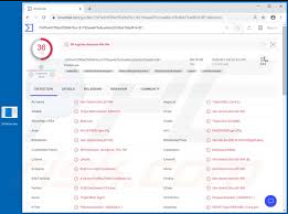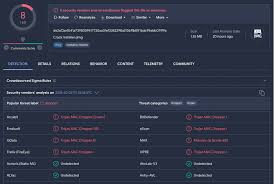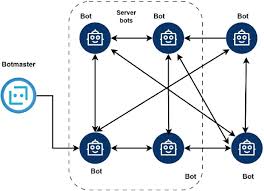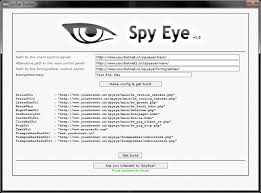
Echelon Stealer-v5
Information stealers have become one of the most pervasive threats in today’s cyber landscape, with sophisticated variants like this Echelon Stealer-v5 playing a significant role in credential theft and financial fraud. Unlike ransomware that announces its presence, these stealthy threats operate silently, harvesting sensitive data that fuels further criminal activity. This particular stealer has gained notoriety for its effectiveness in compromising personal and corporate accounts, often serving as the initial foothold for more damaging attacks. Its ability to evade detection while exfiltrating valuable information makes it a favored tool among cybercriminals engaged in identity theft, corporate espionage, and underground financial fraud.
Download Link 1
Download Link 2
Download Link 3
Download Link 4

What Is Echelon Stealer-v5, and How Is It Used?
This malware is a specialized data theft tool designed to systematically harvest sensitive information from infected systems. Typically distributed through malicious email attachments, fake software cracks, or compromised websites, it targets a wide range of data, including saved credentials, cryptocurrency wallets, and browser cookies. Cybercriminals primarily use it to gain unauthorized access to online accounts, financial systems, and corporate networks. The stolen data is often sold on dark web marketplaces or used directly for fraudulent transactions, making this malware a key component in the cybercrime-as-a-service ecosystem.
Key Features of the Echelon Stealer-v5
| Feature | Description |
| Credential Harvesting | Extracts saved passwords from browsers, email clients, and FTP applications. |
| Cookie Theft | Steals browser session cookies to bypass authentication. |
| Cryptocurrency Targeting | Scans for and steals cryptocurrency wallet files and related credentials. |
| Form Grabbing | Captures data entered into web forms before encryption. |
| Screen Capture | Takes screenshots of active applications and the desktop. |
| File Exfiltration | Collects and uploads specific document types (PDFs, Word files, etc.). |
| System Profiling | Gathers detailed system information for targeted attacks. |
| Anti-Analysis | Detects virtual machines and sandboxes to evade detection. |
| Persistence | Maintains access through registry modifications or startup folder entries. |
How the Information Stealer Works: Infection to Data Exfiltration
1. Distribution and Initial Compromise
The malware employs multiple distribution vectors:
- Phishing Campaigns: Malicious Office documents with embedded macros or PDFs with exploit code
- Fake Software: Disguised as game cracks, productivity tools, or pirated applications
- Drive-by Downloads: Compromised websites delivering the payload through browser exploits
- Malvertising: Malicious advertisements redirecting to exploit kits
The initial dropper often uses social engineering to convince users to disable security protections before execution.
2. Execution and System Compromise
Once executed, the malware performs several critical actions:
- Disables Security Software: Attempts to terminate antivirus processes and Windows Defender
- Establishes Persistence: Creates scheduled tasks or registry run keys for automatic startup
- Escalates Privileges: Exploits local vulnerabilities to gain higher system permissions
- Deploys Payload: Extracts and executes the main information-stealing component
3. Data Collection Process
The stealer systematically scans the system for valuable information:
- Browser Data: Targets Chrome, Firefox, Edge, and other browsers for saved credentials and cookies
- Financial Information: Looks for banking credentials, credit card details, and crypto wallets
- System Information: Collects hardware details, network configurations, and installed software
- Document Files: Searches for specific file types in Documents, Desktop, and Downloads folders
It employs sophisticated techniques to extract data even from password-protected browsers and applications.
4. Data Exfiltration and Command Control
The stolen data is packaged and transmitted to attacker-controlled servers:
- Compression and Encryption: Data is compressed and encrypted before transmission
- Multiple C2 Channels: Uses HTTPS, Telegram bots, or decentralized storage for resilience
- Dynamic DNS: Frequently changes communication endpoints to avoid blacklisting
- Data Filtering: Only transmits valuable, filtered information to minimize network traffic
5. Post-Exfiltration Activities
After successful data theft, the malware may:
- Self-Destruct: Remove traces of its presence from the infected system
- Deploy Additional Payloads: Download ransomware or other malware for further exploitation
- Maintain Backdoor Access: Install a persistent remote access component for future attacks.


